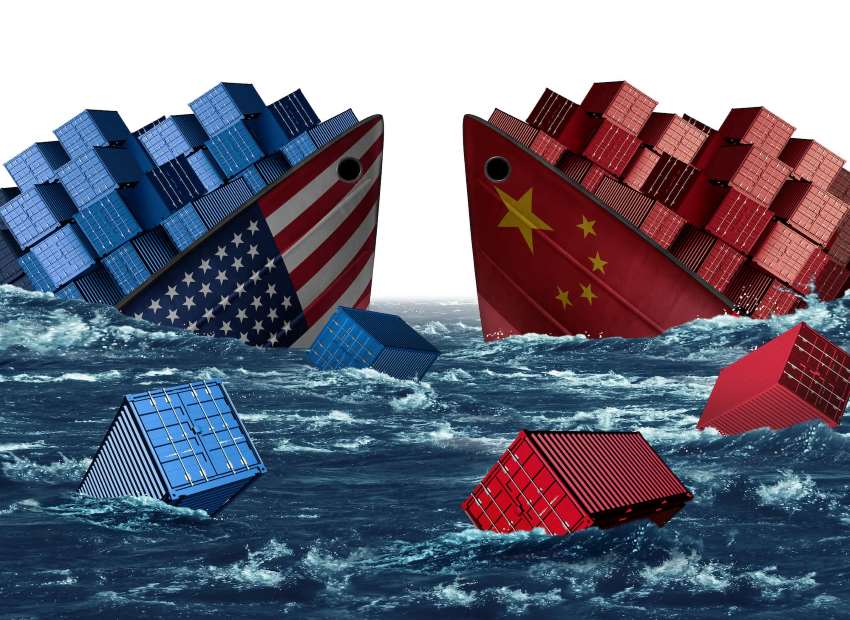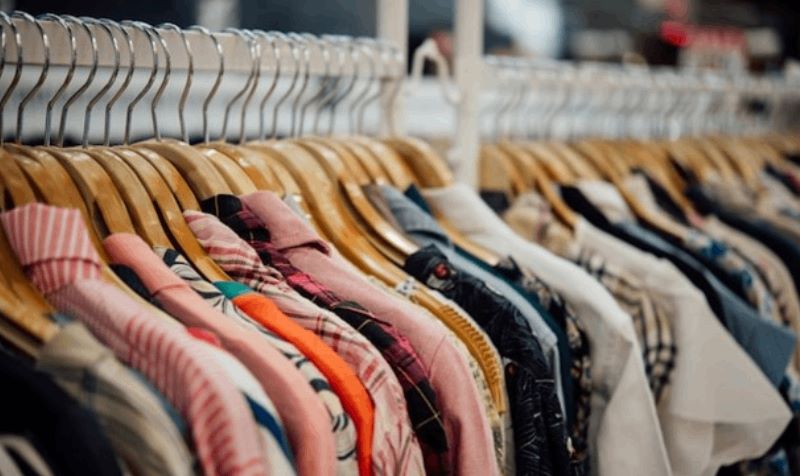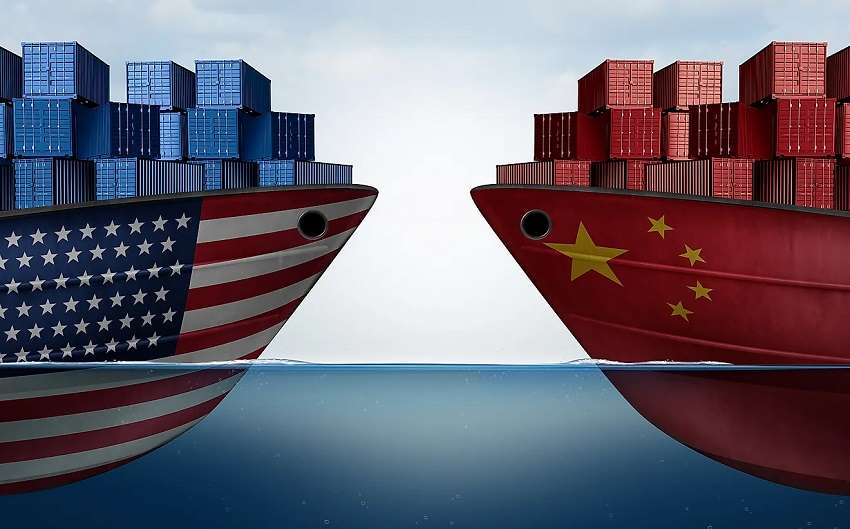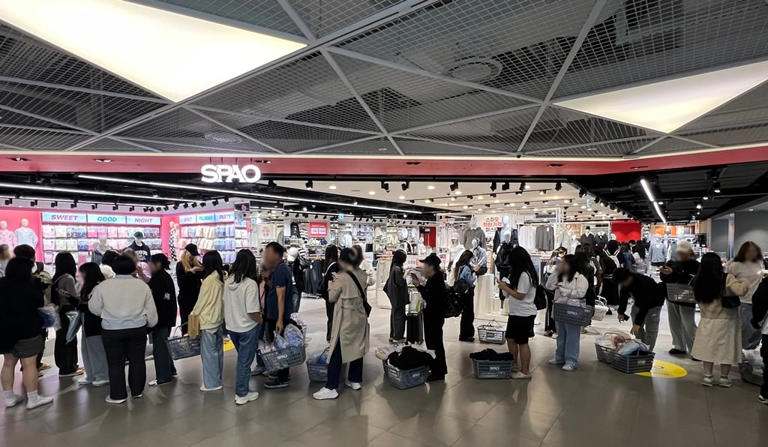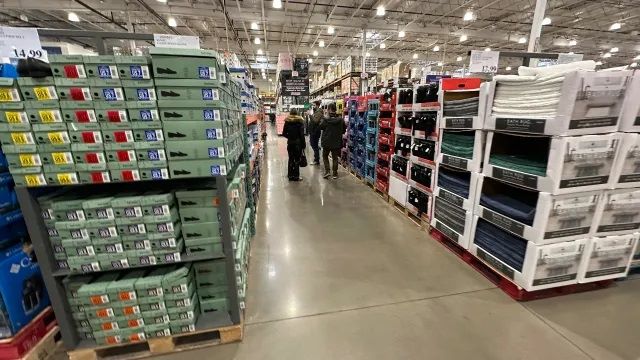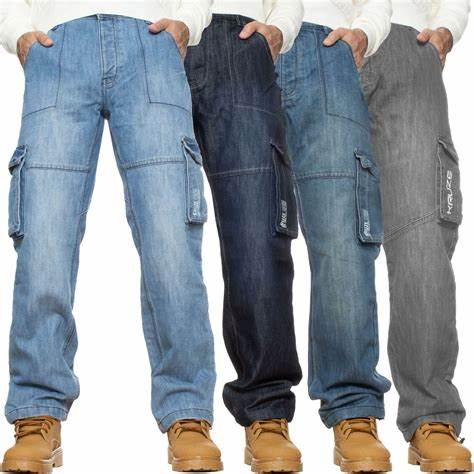Zara and H&M are been found to source viscose from manufacturing sites whose processes pose serious health and environmental dangers, according to a new report from Changing Markets Foundation. The report found that untreated hazardous waste was leading to severe air and water pollution.
Viscose is used by fast fashion brands and high fashion alike. Its provenance from trees gives it the appearance of being natural, making it a prime candidate for corporate green washing. Although viscose itself does not damage human health or the environment, the chemicals used in its manufacturing process can be highly toxic. One of those chemicals, carbon disulfide, can damage the nervous system to the point of insanity in factory workers — though not consumers, as viscose doesn’t retain residue from chemicals used in manufacturing.
Viscose production is highly concentrated. About 70 per cent of production is controlled by 10 companies, and, as the above graph shows, roughly two-thirds of global viscose production takes place in China. India and Indonesia are the second and third largest producers, respectively. Environmental regulations in these three top viscose-producing countries are hardly stringent. Factor in mass production as a result of steady consumer demand for cheap, trendy clothing, and you have what the Changing Markets Foundation calls a “toxic” combination.
Despite growing awareness of the ugly environmental and social consequences of fast fashion, the trend is not slowing. When investigators from the Changing Markets Foundation visited viscose factories in China, India and Indonesia, they found that the manufacturers were dumping untreated wastewater into local water sources. The resulting heavily contaminated water has affected fishermen’s livelihoods, and it is also hypothesized to be behind nearby areas’ increasing cancer rates.
According to the report, other viscose buyers like Zara, ASOS, Tesco and Marks & Spencer are also linked to the polluting factories. H&M sources from six of the polluting factories that the foundation investigated. However, the specificity of the information on H&M’s suppliers also reflects on the company’s greater transparency. Out of the 45 major brands that the foundation contacted, only H&M provided a full list of the viscose factories that it works with.

